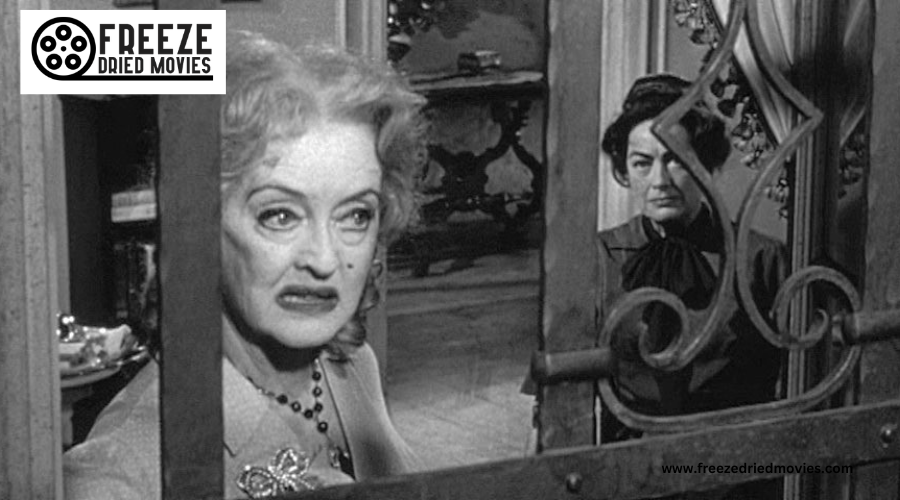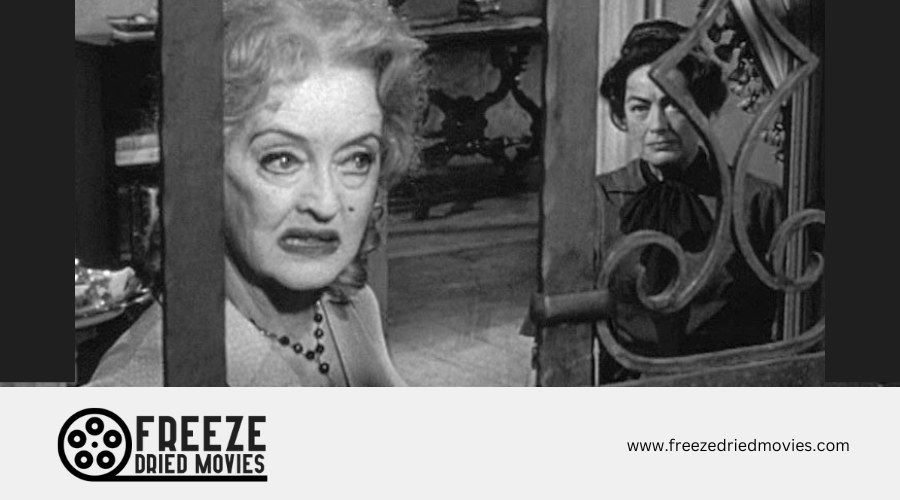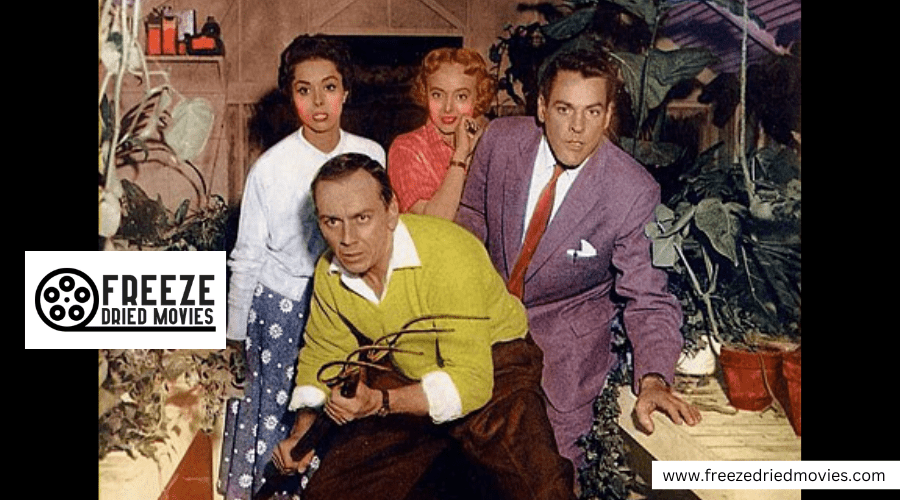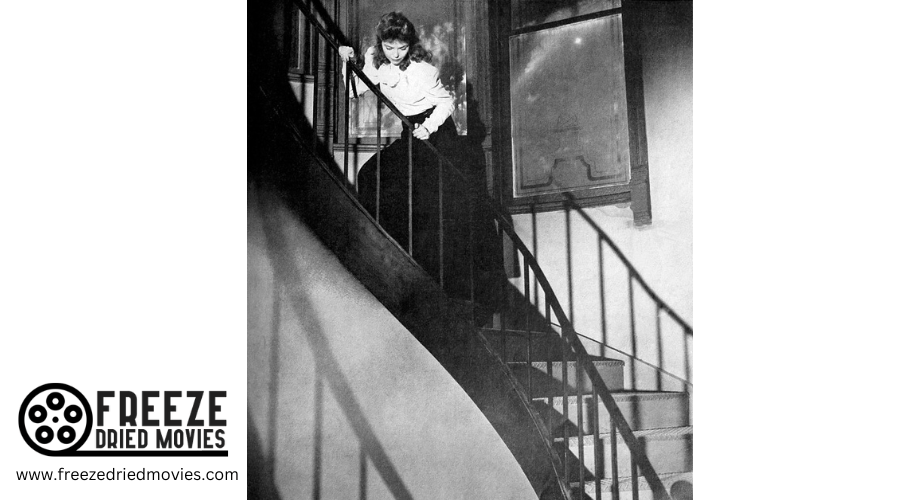The Horror Timeline: Late 20th Century - Tracking Fear's Evolution from 1970 to 2000
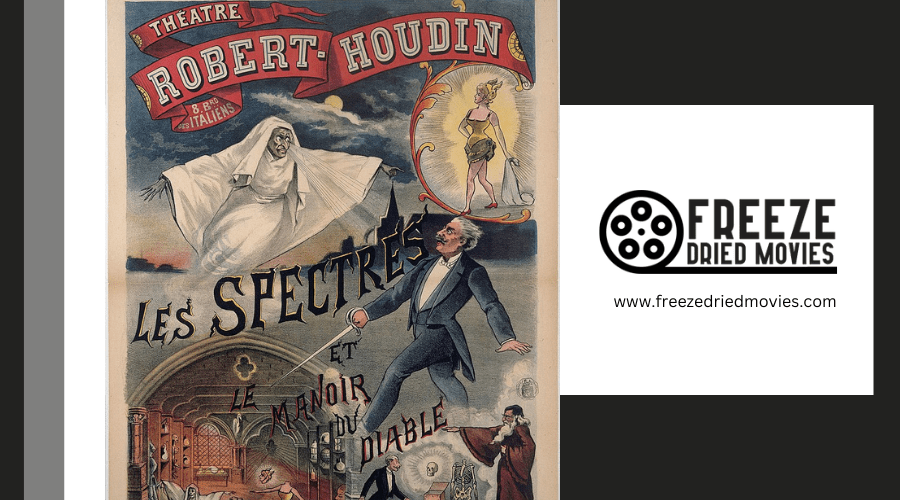
Horror films have captivated audiences for over a century, evolving from early silent classics to modern psychological thrillers. The genre's roots trace back to the late 19th century, with Georges Méliès' "The House of the Devil" marking one of the earliest examples. As cinema technology advanced, horror movies grew more sophisticated, exploring deeper fears and societal anxieties.
The 20th century saw horror cinema flourish, with iconic monsters like Dracula and Frankenstein becoming household names. Directors pushed boundaries, incorporating new special effects and storytelling techniques to elicit stronger emotional responses from viewers. From the atmospheric terror of 1930s Universal monster films to the visceral shocks of 1970s slasher flicks, horror continued to adapt and reflect the changing fears of each era.
A History of Fright
The Journey Through Time
The 1970s marked a turning point for horror. Movies explored gritty realism as America grappled with Vietnam War fallout. Violent films like Taxi Driver and The Godfather drew crowds. Horror novels grew in popularity, with Stephen King emerging as a key figure. On stage, shows like The Rocky Horror Show paved the way for more scares to come.
1970 saw Black Sabbath release their first album, influencing future metal subgenres. In 1971, A Clockwork Orange shocked audiences with its ultraviolence. That same year, William Peter Blatty published The Exorcist, a thoughtful, theological horror novel.
Wes Craven's Last House on the Left debuted in 1972, sparking a trend of revenge-themed horror films. The Exorcist film adaptation arrived in 1973, becoming a box office hit and winning multiple awards.
Stephen King's career took off in 1974 with Carrie. His sharp eye for detail and character made him one of the most widely read modern authors. That year also saw the release of The Texas Chainsaw Massacre, pushing boundaries in on-screen violence.
The Creative Minds
Horror's evolution owes much to talented writers and filmmakers. Stephen King's work spans novels, short stories, and even e-books. His popularity has sparked debates on censorship in schools.
William Peter Blatty crafted The Exorcist, blending horror with deep theological themes. He later wrote a well-received sequel, Legion.
Wes Craven became a horror icon, directing Last House on the Left, The Hills Have Eyes, and later hits like A Nightmare on Elm Street and Scream.
Richard O'Brien created The Rocky Horror Show, a campy send-up of 1950s sci-fi and horror that became a cult classic on stage and screen.
Stanley Kubrick, though not exclusively a horror director, made lasting contributions with A Clockwork Orange and later, The Shining.
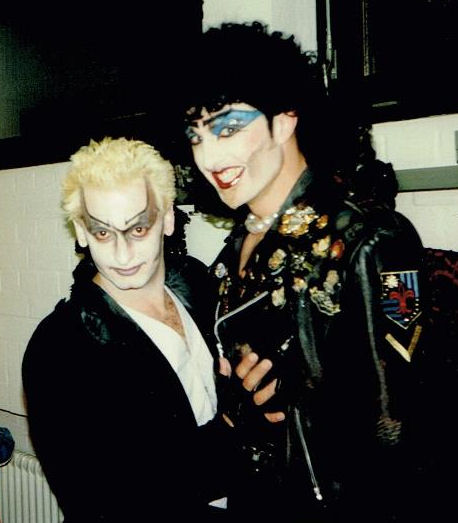
The Modern Era
The 1980s and 1990s saw horror continue to evolve. Slasher films gained popularity, while psychological thrillers offered a different kind of scare. Special effects improved, allowing filmmakers to create more convincing monsters and gore.
Books like Interview with the Vampire by Anne Rice brought fresh perspectives to classic monsters. The rise of horror comics and graphic novels provided new ways to tell scary stories.
Haunted house tales got updates with films like Poltergeist and books like The Haunting of Hill House by Shirley Jackson. The found footage subgenre emerged, culminating in the success of The Blair Witch Project in 1999.
Horror began to tackle deeper themes, reflecting societal fears and anxieties. Movies like Hereditary and Midsommar explored trauma and cults, while Get Out addressed racial tensions through a horror lens.
Thanks To
This timeline would not be possible without the hard work of many horror scholars and fans. Their research and passion have helped preserve the genre's rich history.
Special thanks go to film historians who have meticulously documented the evolution of horror cinema. Literary critics have also played a crucial role in analyzing the themes and impact of horror fiction.
We're grateful to the actors, directors, and writers who have shared their insights through interviews and memoirs. Their firsthand accounts add depth to our understanding of how these frightening tales came to be.
Librarians and archivists deserve recognition for preserving rare books, films, and memorabilia. Their efforts ensure that future generations can experience the chills of classic horror.
Lastly, we thank the fans. Their enduring love for all things spooky keeps the genre alive and thriving.
Further Reading
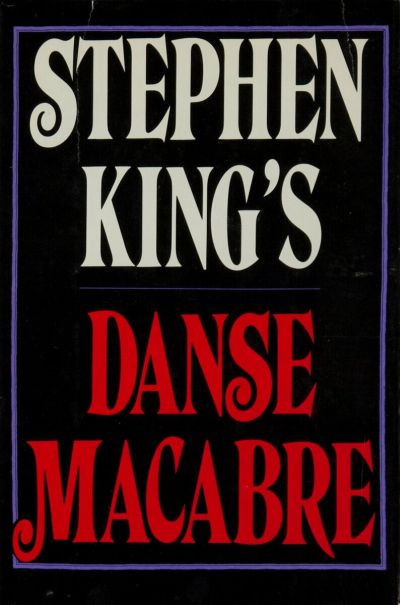
For those hungry for more horror history, here's a list of recommended books:
- Danse Macabre by Stephen King
- The Monster Show: A Cultural History of Horror by David J. Skal
- Men, Women, and Chain Saws: Gender in the Modern Horror Film by Carol J. Clover
- Horror: A Literary History edited by Xavier Aldana Reyes
- The Philosophy of Horror by Noël Carroll
Magazines like Fangoria and Rue Morgue offer ongoing coverage of horror trends and classics.
Online resources include:
- The Horror Writers Association website
- Bloody Disgusting (news and reviews)
- Horror Film History (a comprehensive timeline)
For a deeper dive into specific subgenres or eras, university libraries often have specialized collections on horror literature and film.
Don't forget to explore horror podcasts, which often feature interviews with genre creators and in-depth analyses of scary stories old and new.

